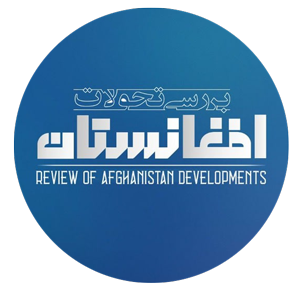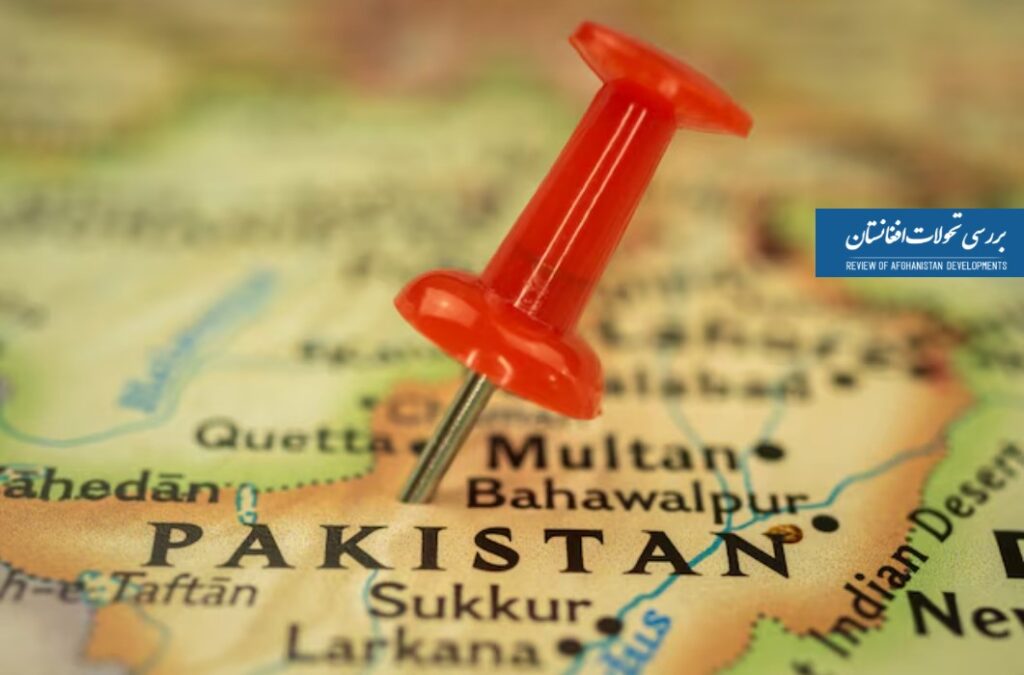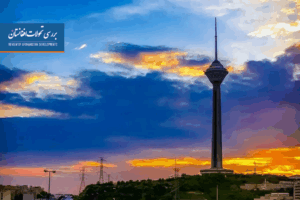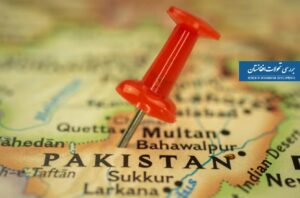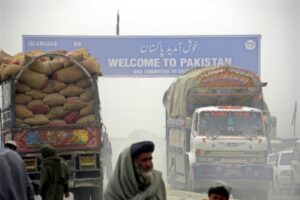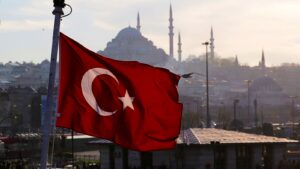Review of Afghanistan developments
ISIS Khorasan, which surfaced in Afghanistan towards the end of 2015, managed to expand swiftly by exploiting the vulnerabilities in Afghanistan, thus establishing itself as an active entity in both Afghanistan and Pakistan. Nevertheless, at present, a viewpoint has emerged regarding the ISIS Khorasan’s migration from Afghanistan to Pakistan.
Prior to the Taliban’s ascension to power in 2021, Afghanistan served as a stronghold for ISIS-K, with the group’s activities extending from the east to the north and from the west to the capital. Following the Taliban government’s identification of ISIS-K as its primary threat, it implemented a stringent policy against this group, leading to the elimination of many of its leaders and operatives. As a result of the Taliban’s firm stance on ISIS-K, since the second year of their governance, specifically in 2022, the operations of ISIS in Afghanistan, which included guerrilla warfare, urban combat, and high-profile assassinations, have markedly diminished, and in recent months, there have been no recorded activities by this group within Afghanistan.
As ISIS Khorasan activity has diminished in Afghanistan over the past year, reports and occurrences concerning ISIS have emerged from Pakistan, prompting the theory regarding the ISIS Khorasan’s migration from Afghanistan to Pakistan.
Field data regarding the ISIS Khorasan’s migration to Pakistan
1- ISIS base in Mastung, Balochistan
As reported by various media outlets and ISIS Khorasan news sources, the militant organization known as the “Baloch Liberation Army”, which opposes the Pakistani government, launched an assault on an ISIS base located in the Mastung area of Balochistan province in March 2023. This attack resulted in the deaths of 30 ISIS fighters, including some Western nationals among the casualties.
Following this, focus shifted to Balochistan, Pakistan, and the formation of ISIS bases in the area. The announcement of war by ISIS Khorasan against the Baloch Liberation Army subsequent to this assault indicated that ISIS possesses bases and forces in this region that exceed prior assumptions. Various other conflicts occurring in Balochistan further demonstrate that ISIS maintains a significant presence in the region, extending beyond just the Mastung base.
2- Consecutive assassinations of ISIS Khorasan leaders in Pakistan
The assassination of ISIS leaders in Pakistan has become serial, and at different intervals, one of the group’s leaders is assassinated in different parts of Pakistan. The lack of acceptance of responsibility for these assassinations by any individual or group has added to their ambiguity. The latest case was the killing of “Burhan” known as “Zaid” in Punjab province, who was assassinated in late November. Before Burhan’s assassination, an ISIS commander named “Hassan” was killed in a city in Sindh province in September. In the same month, “Asim Baloch”, one of the officials of ISIS Khorasan, was assassinated along with a Tajik national in Balochistan province. Also, before that, Nusrat, known as Pahlavan Musa, the mastermind of some ISIS attacks in Kabul, was killed in Khyber Pakhtunkhwa province.
Several points merit discussion in this context. First, as inferred from the names of the provinces, the assassinations were distributed throughout all four provinces of Pakistan. Second, based on the information provided in the news, the majority of the assassinations took place in urban settings, indicating that the leaders of ISIS, in contrast to those of other militant organizations, were not located in remote mountainous regions or rural areas, but were instead targeted in cities. Third, as previously noted, no entity has claimed responsibility for these assassinations, implying that ISIS’s adversaries have initiated actions against this group within Pakistan.
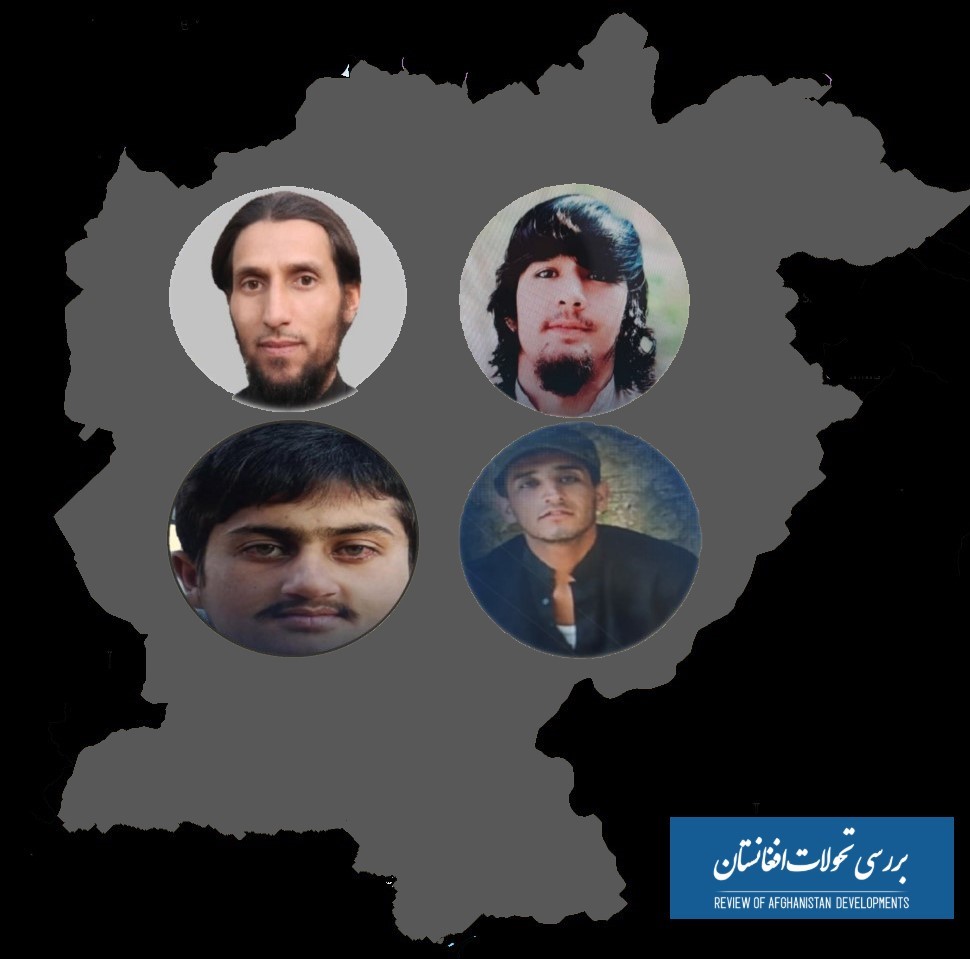
3- Reaching zero presence and operations in Afghanistan
Simultaneously, ISIS Khorasan has not conducted any operations in Afghanistan for several consecutive months. In contrast, at the onset of the Taliban’s ascension to power in 2021, the monthly count of ISIS attacks peaked at 25; however, this number has now dwindled to zero for several months. Furthermore, there has been a notable absence of reports regarding the dismantling of the network or its centers, as well as the assassination of its members in Afghanistan for an extended period.
In summary, the signs and symptoms, which encompass the series of assassinations of ISIS leaders in Pakistan, the extensive geographical reach of these killings within Pakistan, and the recognition by various sources of ISIS’s intense conflict with the Baloch Liberation Army located in Balochistan, coupled with the absence of any evidence of ISIS-K in Afghanistan, substantiate the This supports the idea that the ISIS Khorasan’s migration took place from Afghanistan to Pakistan in order to sustain its survival. Initially, the group regarded Balochistan as a refuge; however, due to the Baloch Liberation Army’s engagement with the group, the leaders of ISIS-K have since scattered across different regions of Pakistan.
The ISIS Khorasan’s migration to Pakistan; forced or facilitated migration?
In light of the recent developments concerning ISIS Khorasan, analysts have expressed two distinct perspectives regarding the motivations behind ISIS Khorasan’s migration to various cities in Pakistan.
Positive perspective; the balloon effect phenomenon
In accordance with this perspective, the forces and commanders of ISIS Khorasan have relocated to Pakistan to ensure the group’s continued existence following the Taliban government’s significant challenges in Afghanistan against its factions, thereby averting the total disintegration of the group.
Experience has demonstrated that when terrorist organizations face threats to their existence in one nation, they tend to relocate to comparable regions in other nations. This phenomenon can be scientifically elucidated by the concept known as the “balloon effect,” which describes how the enforcement of laws in one country can lead to the migration of such groups to other countries. Accordingly, Pakistan has emerged as an “unwelcome host” for ISIS Khorasan fugitives, owing to security vulnerabilities that mirror those present in Afghanistan during the republican period.
Pessimistic view; instrumental use
In accordance with this perspective, certain networks or entities associated with centers of power in Pakistan have either facilitated the presence of ISIS in multiple cities across the country or have chosen to maintain a significant silence concerning their activities.
Pakistan has a lengthy history of employing proxy groups in its regional political landscape. The escalating tensions between Pakistan and the Taliban government, along with the potential for the country to utilize ISIS-K as a leverage tool against Afghanistan, further support this perspective.
From this perspective, the presence of ISIS in Pakistan is not merely a consequence of a security void, but also serves as a strategic instrument in a potential conflict involving Afghanistan. Considering the ongoing tensions between Afghanistan and Pakistan, along with Pakistan’s insufficient means to exert pressure on Kabul, this hypothesis has garnered its own advocates.
About ISIS Khorasan
The new role of ISIS Khorasan in the region
Pakistan’s aims in detaining ISIS-K members
Consequences of ISIS Khorasan’s migration and its establishment in Pakistani territory
1. The deepening crisis in relations between Afghanistan and Pakistan
Given the increasing political and security tensions between Afghanistan and Pakistan, along with Pakistan’s historical use of proxy groups against Afghanistan, the emergence of ISIS in Pakistan is regarded as a significant threat to Afghan security.
ISIS-K is engaged in an ideological dispute with the Taliban government, deeming the “Islamic Emirate” as un-Islamic. This ideological animosity has positioned ISIS-K as the primary adversary of the Taliban government. It is evident that any external entity seeking to exert pressure on the Taliban government will inherently gain from the Taliban’s most antagonistic foe, ISIS-K.
From an analytical standpoint, considering the escalating tensions between Pakistan and the Taliban government in recent years, the emergence of ISIS in Pakistan presents an opportunity for Pakistan to leverage the ISIS threat against the Taliban, potentially using it as an indirect means of pressure, or at the very least, permitting its regulated network to expand in order to undermine the Taliban government in the future.
2. Strategic mistake
As ISIS Khorasan relocates to Pakistan and establishes its presence, even in a regulated fashion, this significantly diminished group will have the chance to expand once more and will be able to recruit from the Pashtun, Baloch, and Salafi dissident factions that exist in Pakistan.
This capability will elevate ISIS-K to a level of strength that guarantees its survival even in the absence of external support. In contrast to conventional organizations, ISIS has become uncontrollable, and it is probable that Pakistan will struggle to contain it moving forward.
3. Risk to regional stability
The emergence and resurgence of ISIS in Pakistan will inevitably transform it into a potential force that could appeal to external entities. In such a situation, Pakistan will lose control over the dynamics at play. The involvement of major powers utilizing the ISIS card will entangle the region’s geography in a multifaceted security crisis. In this context, Afghanistan will suffer the most from any manipulation involving the ISIS card.
Conclusion
Field evidence indicates that ISIS-K has transitioned its operations from Afghanistan to Pakistan. This transition—whether it is compelled or enabled—results in one clear outcome: ISIS-K emerges as a possible instrument against Afghan security.
Utilizing this tool, even at a minimal level, constitutes a strategic error. ISIS is not controllable, nor manageable, and it does not operate in the long-term interests of any nation.
Considering the security interdependence among Afghanistan, Pakistan, and neighboring countries, it is crucial for these regional nations to observe the threats and implications arising from the ISIS Khorasan’s migration, treating it as a potential source of regional security risk. It is imperative to engage in serious discussions and analyses of this issue during regional gatherings, such as those held in the Moscow format.
Follow us on social Media
X Facebook
